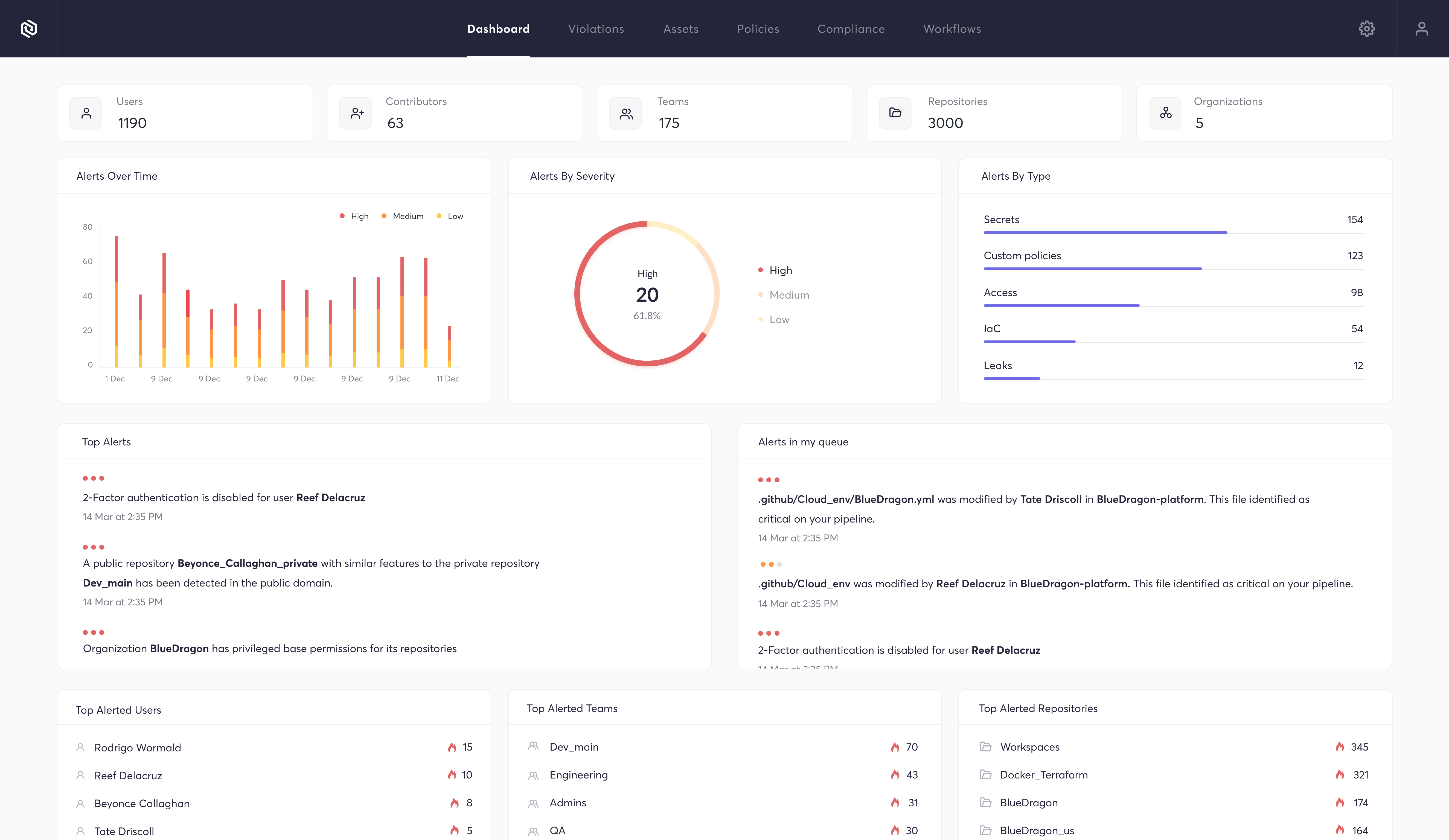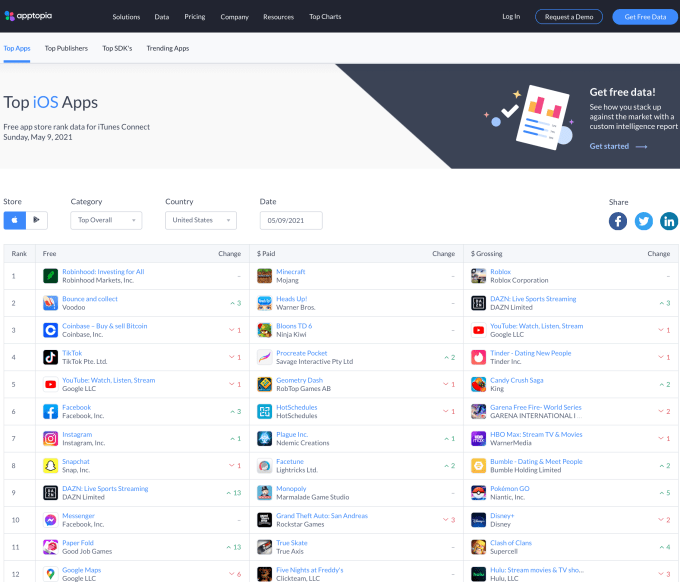News: Facebook ordered not to apply controversial WhatsApp T&Cs in Germany
The Hamburg data protection agency has banned Facebook from processing the additional WhatsApp user data that the tech giant is granting itself access to under a mandatory update to WhatsApp’s terms of service. The controversial WhatsApp privacy policy update has caused widespread confusion around the world since being announced — and already been delayed by
The Hamburg data protection agency has banned Facebook from processing the additional WhatsApp user data that the tech giant is granting itself access to under a mandatory update to WhatsApp’s terms of service.
The controversial WhatsApp privacy policy update has caused widespread confusion around the world since being announced — and already been delayed by Facebook for several months after a major user backlash saw rivals messaging apps benefitting from an influx of angry users.
The Indian government has also sought to block the changes to WhatApp’s T&Cs in court — and the country’s antitrust authority is investigating.
Globally, WhatsApp users have until May 15 to accept the new terms (after which the requirement to accept the T&Cs update will become persistent, per a WhatsApp FAQ).
The majority of users who have had the terms pushed on them have already accepted them, according to Facebook, although it hasn’t disclosed what proportion of users that is.
But the intervention by Hamburg’s DPA could further delay Facebook’s rollout of the T&Cs — at least in Germany — as the agency has used an urgency procedure, allowed for under the European Union’s General Data Protection Regulation (GDPR), to order the tech giant not to share the data for three months.
A WhatsApp spokesperson disputed the legal validity of Hamburg’s order — calling it “a fundamental misunderstanding of the purpose and effect of WhatsApp’s update” and arguing that it “therefore has no legitimate basis”.
“Our recent update explains the options people have to message a business on WhatsApp and provides further transparency about how we collect and use data. As the Hamburg DPA’s claims are wrong, the order will not impact the continued roll-out of the update. We remain fully committed to delivering secure and private communications for everyone,” the spokesperson added, suggesting that Facebook-owned WhatsApp may be intending to ignore the order.
We understand that Facebook is considering its options to appeal Hamburg’s procedure.
The emergency powers Hamburg is using can’t extend beyond three months but the agency is also applying pressure to the European Data Protection Board (EDPB) to step in and make what it calls “a binding decision” for the 27 Member State bloc.
We’ve reached out to the EDPB to ask what action, if any, it could take in response to the Hamburg DPA’s call.
The body is not usually involved in making binding GDPR decisions related to specific complaints — unless EU DPAs cannot agree over a draft GDPR decision brought to them for review by a lead supervisory authority under the one-stop-shop mechanism for handling cross-border cases.
In such a scenario the EDPB can cast a deciding vote — but it’s not clear that an urgency procedure would qualify.
In taking the emergency action, the German DPA is not only attacking Facebook for continuing to thumb its nose at EU data protection rules, but throwing shade at its lead data supervisor in the region, Ireland’s Data Protection Commission (DPC) — accusing the latter of failing to investigate the very widespread concerns attached to the incoming WhatsApp T&Cs.
(“Our request to the lead supervisory authority for an investigation into the actual practice of data sharing was not honoured so far,” is the polite framing of this shade in Hamburg’s press release).
We’ve reached out to the DPC for a response and will update this report if we get one.
Ireland’s data watchdog is no stranger to criticism that it indulges in creative regulatory inaction when it comes to enforcing the GDPR — with critics charging commissioner Helen Dixon and her team of failing to investigate scores of complaints and, in the instances when it has opened probes, taking years to investigate — and opting for weak enforcements at the last.
The only GDPR decision the DPC has issued to date against a tech giant (against Twitter, in relation to a data breach) was disputed by other EU DPAs — which wanted a far tougher penalty than the $550k fine eventually handed down by Ireland.
GDPR investigations into Facebook and WhatsApp remain on the DPC’s desk. Although a draft decision in one WhatsApp data-sharing transparency case was sent to other EU DPAs in January for review — but a resolution has still yet to see the light of day almost three years after the regulation begun being applied.
In short, frustrations about the lack of GDPR enforcement against the biggest tech giants are riding high among other EU DPAs — some of whom are now resorting to creative regulatory actions to try to sidestep the bottleneck created by the one-stop-shop (OSS) mechanism which funnels so many complaints through Ireland.
The Italian DPA also issued a warning over the WhatsApp T&Cs change, back in January — saying it had contacted the EDPB to raise concerns about a lack of clear information over what’s changing.
At that point the EDPB emphasized that its role is to promote cooperation between supervisory authorities. It added that it will continue to facilitate exchanges between DPAs “in order to ensure a consistent application of data protection law across the EU in accordance with its mandate”. But the always fragile consensus between EU DPAs is becoming increasingly fraught over enforcement bottlenecks and the perception that the regulation is failing to be upheld because of OSS forum shopping.
That will increase pressure on the EDPB to find some way to resolve the impasse and avoid a wider break down of the regulation — i.e. if more and more Member State agencies resort to unilateral ’emergency’ action.
The Hamburg DPA writes that the update to WhatsApp’s terms grant the messaging platform “far-reaching powers to share data with Facebook” for the company’s own purposes (including for advertising and marketing) — such as by passing WhatApp users’ location data to Facebook and allowing for the communication data of WhatsApp users to be transferred to third-parties if businesses make use of Facebook’s hosting services.
Its assessment is that Facebook cannot rely on legitimate interests as a legal base for the expanded data sharing under EU law.
And if the tech giant is intending to rely on user consent it’s not meeting the bar either because the changes are not clearly explained nor are users offered a free choice to consent or not (which is the required standard under GDPR).
“The investigation of the new provisions has shown that they aim to further expand the close connection between the two companies in order for Facebook to be able to use the data of WhatsApp users for their own purposes at any time,” Hamburg goes on. “For the areas of product improvement and advertising, WhatsApp reserves the right to pass on data to Facebook companies without requiring any further consent from data subjects. In other areas, use for the company’s own purposes in accordance to the privacy policy can already be assumed at present.
“The privacy policy submitted by WhatsApp and the FAQ describe, for example, that WhatsApp users’ data, such as phone numbers and device identifiers, are already being exchanged between the companies for joint purposes such as network security and to prevent spam from being sent.”
DPAs like Hamburg may be feeling buoyed to take matters into their own hands on GDPR enforcement by a recent opinion by an advisor to the EU’s top court, as we suggested in our coverage at the time. Advocate General Bobek took the view that EU law allows agencies to bring their own proceedings in certain situations, including in order to adopt “urgent measures” or to intervene “following the lead data protection authority having decided not to handle a case.”
The CJEU ruling on that case is still pending — but the court tends to align with the position of its advisors.






